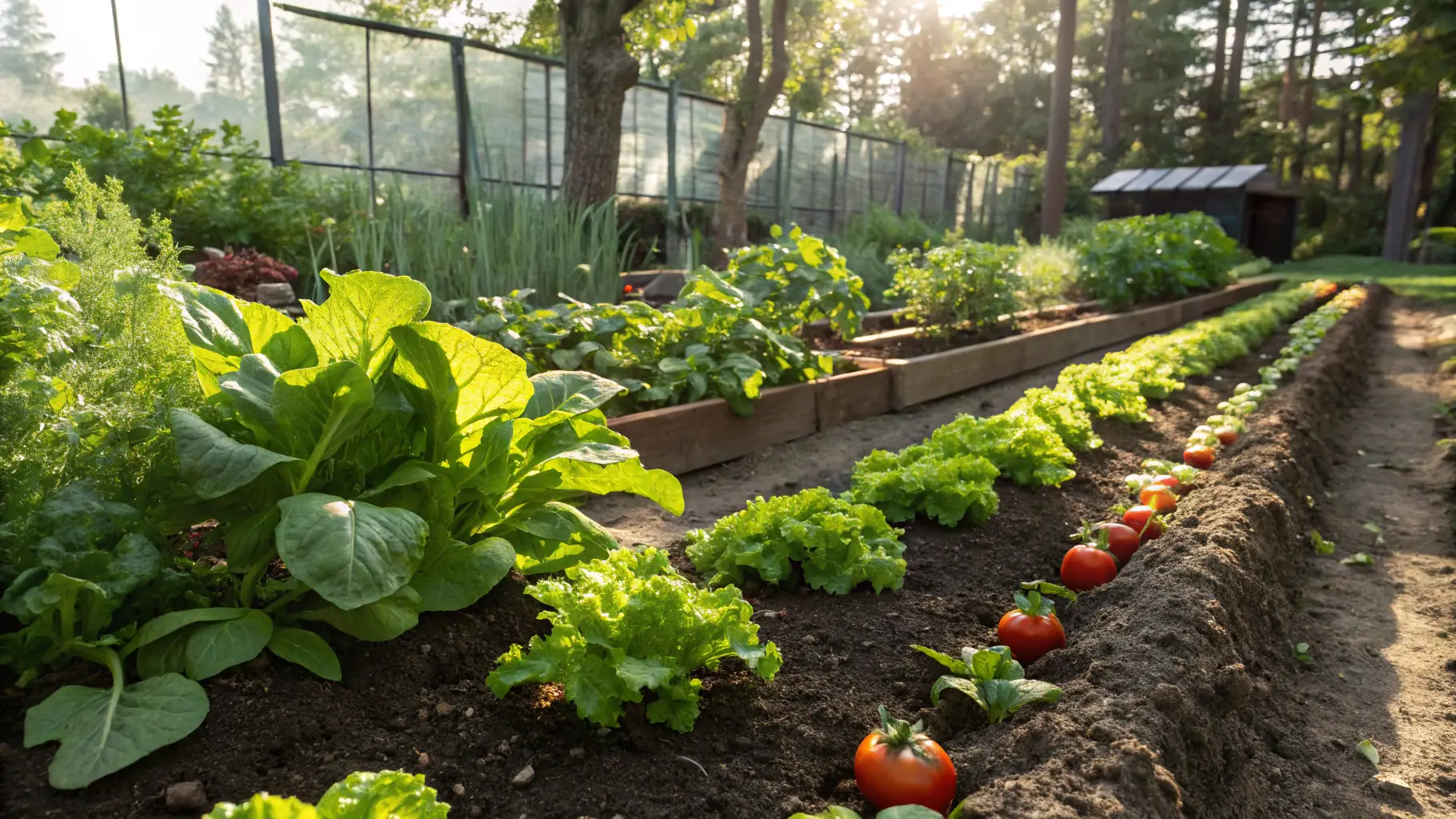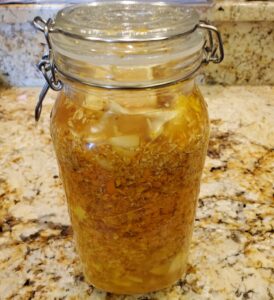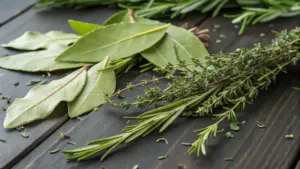Calendula, also known as pot marigold, is a vibrant and versatile herb with a long history of medicinal use. Its bright orange petals are packed with compounds that promote wound healing, reduce inflammation, and soothe irritated skin. Growing calendula is easy, and it thrives in sunny locations with well-drained soil. Deadheading the flowers regularly will encourage continuous blooming throughout the season. I always plant Calendula near my tomatoes and other plants that I want to protect from aphids. Calendula acts as a natural fence its sticky residue on the plant attracts aphids and captures them with the fine hairs on the stems, keeping these pest away from your tomatoes and other aphid prone plants. Even though you are deadheading the flowers regularly they will continue producing blossoms well into the fall.
To harness the healing power of calendula, you can create your own infused oil or balm. Simply infuse dried calendula petals in a carrier oil, such as olive oil or almond oil, using an (alcohol intermediary plus heat). Strain the oil and use it to make a soothing balm by adding beeswax and other beneficial ingredients. Calendula oil and balm can be used to treat minor cuts, burns, rashes, and eczema.
Calendula is a gentle and effective remedy for a variety of skin conditions. It’s also safe for use on babies and children. Incorporate calendula into your garden and your skincare routine to experience its remarkable healing benefits. From soothing irritated skin to promoting wound healing, calendula is a true gift from nature.




